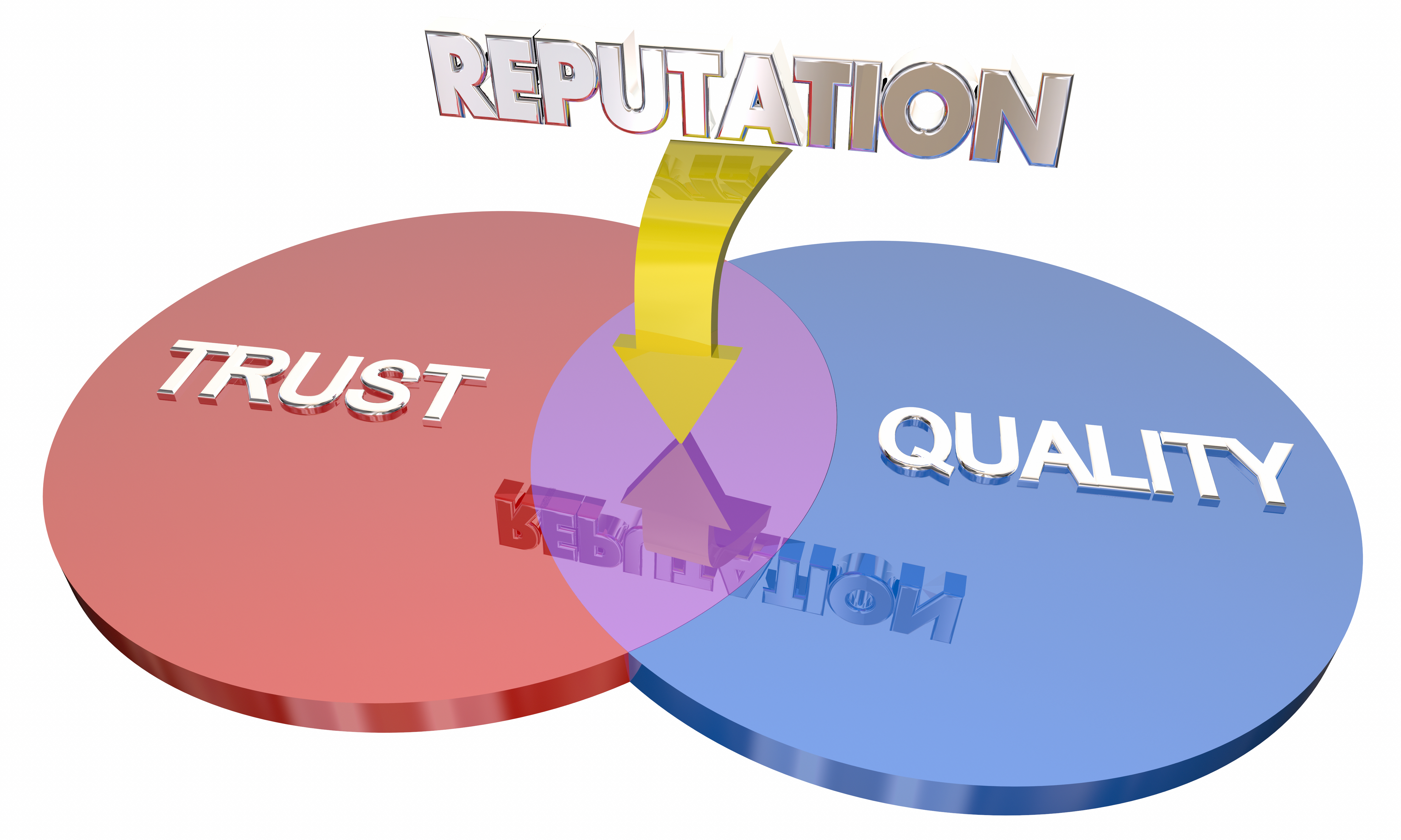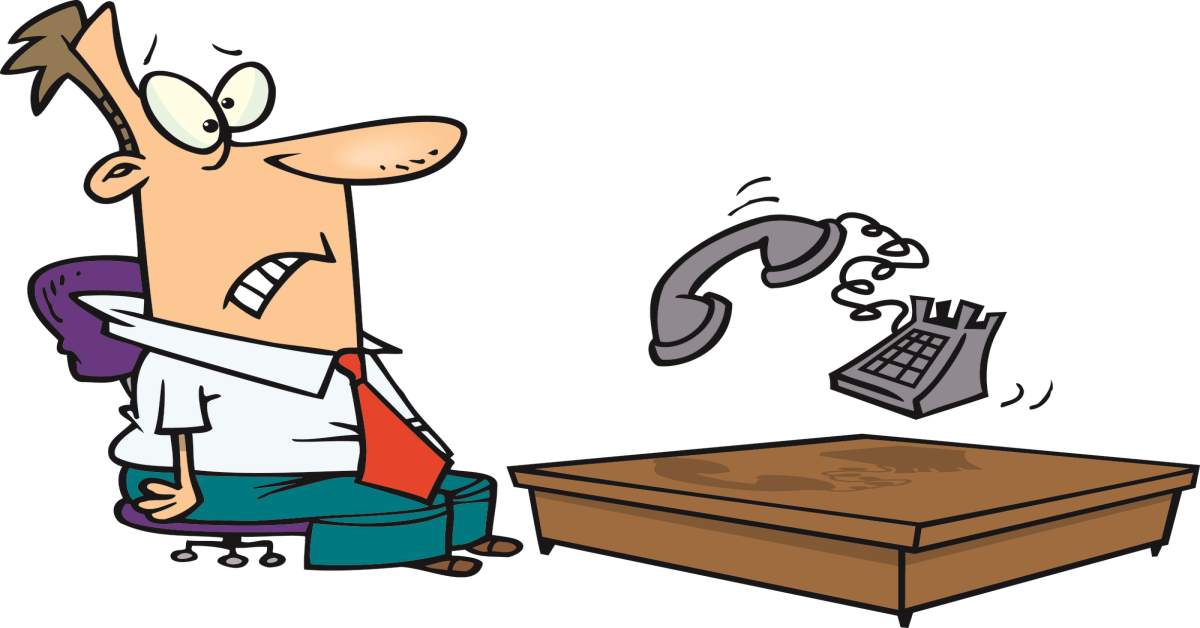10.) Buongiorno, e benvenuti alla John Doe. Per motivi tecnici, non possiamo rispondere personalmente alla vostra chiamata. Ringraziamo per la vostra comprensione. Stiamo lavorando sodo per trovare una soluzione. Se volete, potete lasciare un messaggio sulla nostra homepage: www.johndoe.de – Grazie e arrivederci.
Hello, and thank you for calling Company Name. In an effort to reduce the spread of the coronavirus, all staff are temporarily working from home. Email will be the fastest way to reach us. You can find our email addresses on our website at website dot com, or send an email to O F F I C E at website dot com and we will return your message as soon as possible. Thanks again for your continued business.
.
e. Never Assume Anything: Phrases like “You Know What To Do,” “Sing Your Song at the Beep,” and others mentioned above are awful to leave in your greeting. For the sake of universality and comprehensiveness, NEVER assume the caller knows what to do. Lay it out clearly. f. Leave a Message: This phrase, by itself, will not do. It’s imperative for users to identify themselves in their greetings. Callers need to know they’ve reached the right person. g. Disregard Lethargy: If you’re not excited about your greeting, why would anyone else be? Never display a lack of enthusiasm in your greeting as it could turn callers off to both you and your business. h. Speak Clearly and Never Slur: Callers need to understand your every word; therefore, mumbling, slurring, and all other detractions of speech should never be recorded. d. Be Creative Without Sacrificing Quality: Callers know how voicemails work–i.e. leave a number, message, etc. While you want to be clear, it’s important not to be contrive or redundant with your message. Creativity can help users to differentiate themselves, as well as intrigue callers. While users should avoid the tropes of creativity listed above, it’s definitely good to think outside the box. That being said, scripting and practice can help users to experiment more with their greeting–ultimately allowing for more unique and creative approach. e. Speak With Diction: It’s important to present one’s self as an authority without alienating callers. As such, it’s crucial to articulate and speak with clear diction. “ if your voice recording has you stumbling over words and speaking haltingly, it does not convey confidence and competence,” states Ron Sellers of Grey Matter Research & Consulting. Remember, this greeting represents you; therefore, you want to appear collected and professional, as well as welcoming. To do this, one must carry themselves well through their recorded message. f. Account for Timeliness: Your message should be concise. No caller wants to be sitting through a rant/diatribe of redundant statements. Your greeting should flow without dragging. Inversely, one doesn’t want to be terse, either. Engage callers with a simplified approach laden with creativity. h. Account for Quality: Aside from speaking clearly, users want to eliminate any noise in the surrounding environment. The quality of the greeting is just as important as what’s being said in the greeting itself. As such, one doesn’t want to undermine a great message with poor quality. i. Courtesy, Tastefulness, & Tact: This is pretty self-explanatory and straight forward–NEVER be rude. Being light-hearted and humorous is very different from being obnoxious and/or abrasive. Again, these tools can be helpful if utilized properly, but not everyone perceives humor the same way. So play it safe. The last thing your voicemail greeting should do is offend a caller. k. Provide Options: if you’re part of a bigger company, it might be good to offer caller options. For example, allow a menu to defer callers to a colleague or co-worker in your absence. This can help show callers you care about their well being. Another option might be offering different modes of communication–i.e. email, fax, etc. In offering users diversity, contact may be much easier to maintain.
The NHS *shouldn't* leave voicemail. At least, the bit where I used to work had a policy that one does not leave voicemail, since you don't know who will listen to it and thus you can't ensure confidentiality.[1]
Expand your message with 'We're sorry we couldn't take your call this time.' The inclusion of 'this time' or 'on this occasion' suggests that the voicemail is the exception rather than the rule.
Hello, this is Joan Tracy. I’m out of the office until Tuesday, May 23rd. I’ll be sure to return your call when I get back to the office, however, if you need immediate assistance, please call my colleague Sue at 444-444-4444. Thank you.

Pro Tip: Smile while you’re recording your greeting and your voice will sound pleasant.
4. “Thanks for calling [your company]. We’re looking forward to speaking with you. Let us call you back as soon as we are available by leaving your name, contact information and the reason for your call. Have a great day.” A simple, concise, and, of course, friendly voicemail greeting for your main business line.

You should also aim to refresh your voicemail greeting in English every year. It’s likely that your pronunciation skills will improve and change over time – especially if you are taking online training like ours! So it is a good idea to refresh your English voicemail greeting regularly. When it’s time to refresh it and it’s time to record a voicemail greeting, revise our video. Each time you watch it, you’ll pick up more tips and improve your pronunciation skills.
8. “Thanks for calling [your name] at [your company]. I didn’t mean to send you to voicemail but I am either on the line with another client or on the go. Leave your name, number, the reason for your call today and the best time to call you back. I’ll speak with you shortly! ” Your caller probably wanted to reach you, not your voicemail. Advise your caller that you’re simply on the line with another caller and you’ll be right with them.

How to record or change your Android voicemail greeting in 10 simple steps. 1. Turn on your phone and launch the Phone app. Turn the power on for your phone. Then, tap the Phone app. 2. Open the dial pad. Tap the dial pad icon near the bottom of the screen to bring up your phone's dial pad. 3.
4. "Hello, you've reached [your name and title]. I'm currently out on parental leave until [date]. In the meantime, please direct all phone calls to [alternate contact name] at [phone number] and emails to [email address].

The Art of Manliness participates in affiliate marketing programs, which means we get paid commissions on editorially chosen products purchased through our links. We only recommend products we genuinely like, and purchases made through our links support our mission and the free content we publish here on AoM.
Hello. This is (name). I'm not available to take your call right now. Please leave your name, phone number, and the best time to reach you. I will get back to you as soon as possible. Employers: Post Jobs Job Search Advice: Careers Resumes Interviewing © 2021 CollegeGrad LLC About Blog Contact Privacy

A professional voicemail greeting is a recorded message that welcomes callers to your business when no one is available to pick up the call. For a polished …

10.) Bonjour, et bienvenue chez John Doe. Pour des raisons techniques, nous ne pouvons pas prendre votre appel personnellement. Merci de votre compréhension. Nous essayons de trouver une solution. Si vous le souhaitez, vous pouvez laisser un message sur notre page d'accueil www.johndoe.de - Merci et au revoir.

When you’re closed for the holiday, it’s good to forgo your usual out-of-office greeting for a custom holiday message. Keep it cheery and brief, and be sure to let callers know when you’ll resume normal business operations.